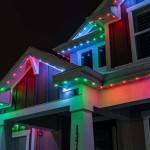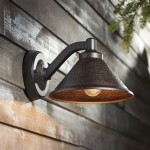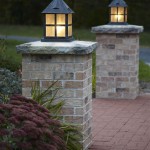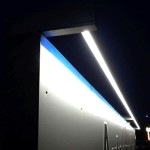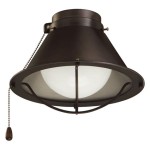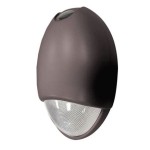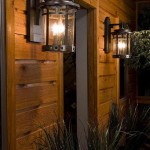Outdoor Family Portrait Lighting Setup
Capturing a family's essence in a portrait requires not only composition and posing but also the skillful manipulation of light. Outdoor settings offer a natural canvas, but harnessing the available light to create flattering and captivating images demands a strategic approach. This article outlines the key elements of outdoor family portrait lighting setup, empowering photographers to produce stunning and memorable photographs.
Understanding Natural Light
Natural light is the foundation of outdoor portrait photography. Unlike artificial light, it's constantly changing, influenced by time of day, weather conditions, and the environment. Photographers need to understand the characteristics of natural light and how it affects the subject. The direction, intensity, and quality of light all play a crucial role in shaping the final image.
The "golden hour," the period shortly after sunrise and before sunset, is often considered ideal for outdoor portraits. During this time, the sun is low in the sky, casting soft, warm light that creates a flattering glow. The "blue hour," the time shortly after sunset and before sunrise, offers a cooler, more dramatic light that is perfect for creating moody and atmospheric portraits.
Choosing the Right Location
The location chosen for an outdoor family portrait significantly influences the lighting. Open fields offer ample space for posing and allow the photographer to take advantage of the expansive natural light. Forests provide a dappled light effect that creates a sense of intimacy and depth. Urban landscapes, with their architectural features and interesting textures, offer a unique backdrop for portraits, but may require more careful consideration of the available light.
When choosing a location, photographers should consider the time of day and the direction of the sun. Shooting with the sun behind the photographer creates a backlight effect that enhances the subject's hair and creates a halo effect. Shooting with the sun in front of the photographer, known as frontlighting, provides even illumination but may result in flat images. Sidelighting, with the sun at a 90-degree angle to the subject, adds dimension and highlights facial features.
Utilizing Light Modifiers
While natural light is essential for outdoor portraits, photographers can utilize light modifiers to shape and control the light further. These tools help soften harsh shadows, create a more diffused light, and enhance the overall quality of the image. Common light modifiers used in outdoor portrait photography include:
- Reflectors: These are flat panels that bounce back light onto the subject, filling in shadows and creating a more balanced illumination. Reflectors come in various colors, such as white, silver, and gold, each offering a different effect.
- Diffusers: These are translucent materials that scatter light, softening harsh lighting and reducing contrast. Diffusers can be used to soften direct sunlight or reduce the intensity of overhead light.
- Diffusing umbrellas: These are large, translucent umbrellas that can be used to create a soft, diffused light source. They are often used in combination with a flash to create a more natural-looking image.
Positioning and Posing
The position of the family and the subject's pose play a vital role in maximizing the impact of the lighting. Positioning the family facing the light source, with the sun illuminating their faces, creates a bright and inviting image. Conversely, positioning the family with their backs to the sun, with the light illuminating their hair and shoulders, creates a more dramatic and ethereal effect.
Posing is essential for capturing a family's connection and dynamic. Encourage natural interactions and expressions, prompting playful moments or meaningful glances. The photographer should guide the family's positioning to ensure everyone is well-lit and the composition is balanced.
Essential Equipment
While natural light is the primary source of illumination, photographers may need supplemental equipment for specific applications. A flash unit can be used to create a pop of light in shadowy areas or to balance the exposure when shooting in backlit conditions. A tripod can be a valuable tool for ensuring sharp images, especially in low-light situations.
Finally, it's crucial to have a camera with the ability to adjust exposure settings to capture the desired light and detail in the image. Understanding the aperture, shutter speed, and ISO settings and how they interact with light is essential for successful outdoor portrait photography.

How To Use Off Flash For Portraits Outdoor Photography

Outdoor Family Portrait Settings Lens Choice Lighting

Lighting For Outdoor Family Portraits Types And Tips Photodoto

Wedding Photography Lighting Large Groups

Outdoor Family Portrait Settings Lens Choice Lighting

Outdoor Family Portrait Settings Lens Choice Lighting

10 Tips For Creating Great Family Portraits

How To Take A Group Photo Poses Composition Lighting

Lighting Is Everything Why Sunrise And Sunset For Outdoor Photos Colorado Springs Family Newborn Photographer

Outdoor Family Photoshoot Ideas Tips Run Wild My Child
Related Posts
